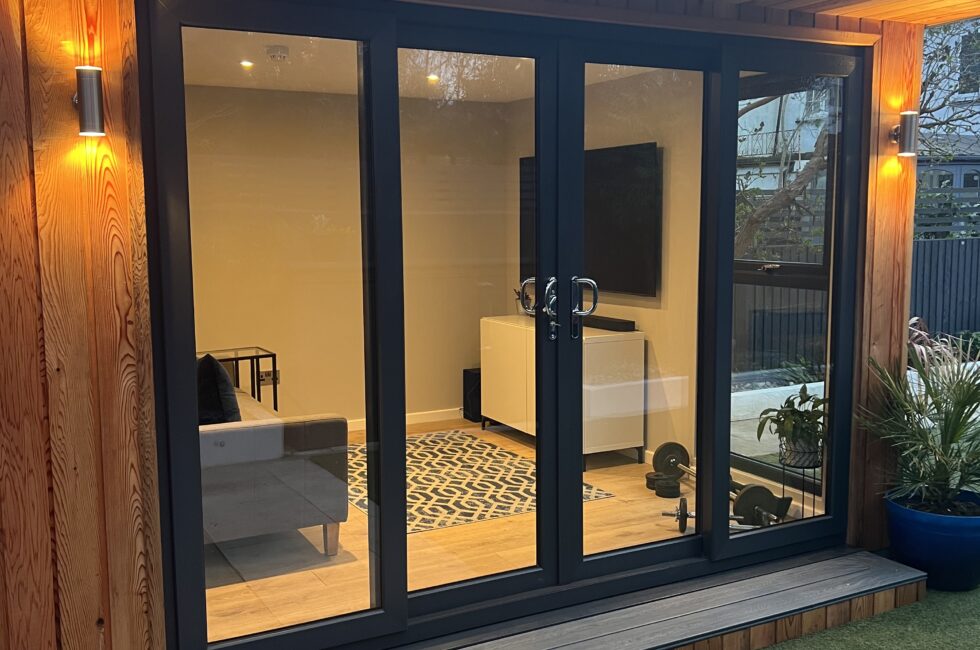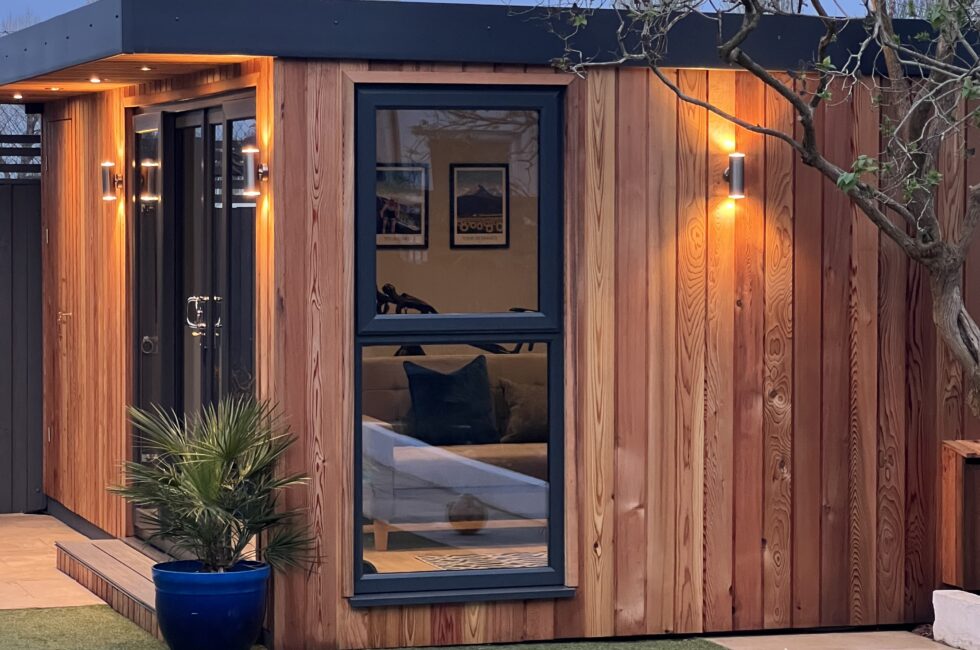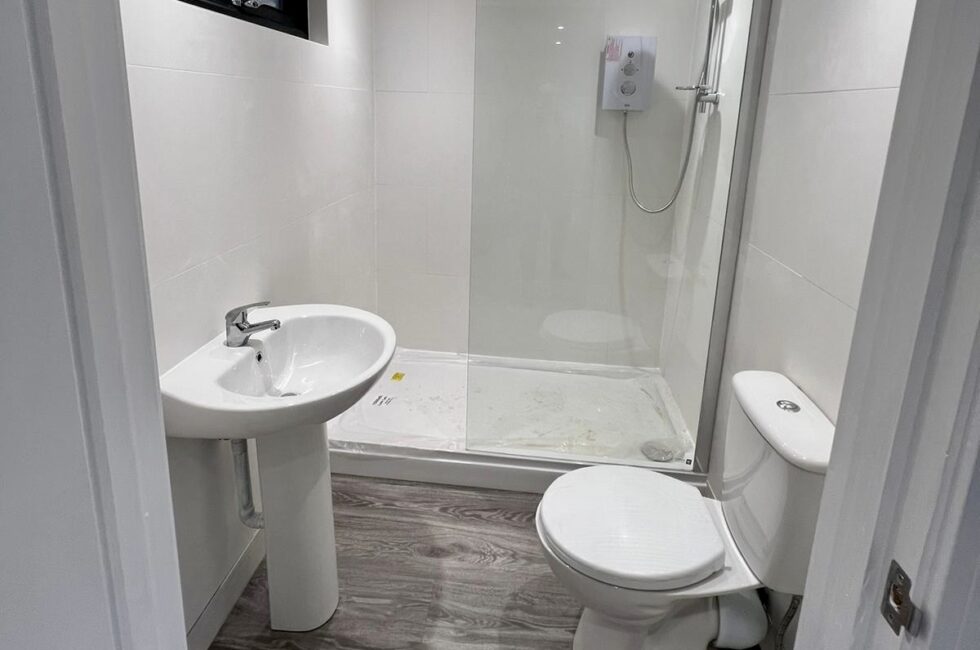 What is classed as Permanent Accommodation?
If your aspirations stretch beyond occasional use, and you envision transforming your garden room into a granny annexe or permanent sleeping quarters then it's imperative to engage with your local council regarding planning permission and adhere to building regulations. It's worth noting that in such cases listed above, the garden room may be considered as its own property, subject to council tax and other regulations.
Do I need permission to put in a garden room?
While most homeowners can erect outbuildings in their gardens under permitted development rights, there are exceptions. Sometimes this right has been used up or taken away and properties in Conservation Areas or Areas of Outstanding Natural Beauty don’t usually have permitted development rights which means that you will need to apply for planning permission to have a garden room. It's advisable to consult the Planning Department to avoid inadvertently violating regulations.
What is the maximum size of a garden room without planning permission?
Even if you have permitted development rights, there are constraints on what you can build in terms of size, height, and location. Most garden room companies will construct their garden rooms to comply with planning permission and have an overall height of 2.5m. So long as the garden room doesn’t occupy more than 50% of the original house, and is one metre from the boundary, or 2 metres away if it's 3m high, you can potentially have whatever size you want. Even though you may not need planning permission, once the garden room’s internal space is over 30m2, it should meet Building Regulations. It's essential to distinguish between Planning Permission and Building Regulations, as they serve different purposes but are often conflated. It's essential to distinguish between Planning Permission and Building Regulations, as they serve different purposes but are often conflated.
You can build closer to the boundary and go higher and if you want more information on this, read the article here or speak to your local planning office. These regulations can be complex, but resources like the Planning Portal offer interactive tools to help homeowners navigate them effectively.
Do garden rooms require planning permission? A simple guide
What is classed as Permanent Accommodation?
If your aspirations stretch beyond occasional use, and you envision transforming your garden room into a granny annexe or permanent sleeping quarters then it's imperative to engage with your local council regarding planning permission and adhere to building regulations. It's worth noting that in such cases listed above, the garden room may be considered as its own property, subject to council tax and other regulations.
Do I need permission to put in a garden room?
While most homeowners can erect outbuildings in their gardens under permitted development rights, there are exceptions. Sometimes this right has been used up or taken away and properties in Conservation Areas or Areas of Outstanding Natural Beauty don’t usually have permitted development rights which means that you will need to apply for planning permission to have a garden room. It's advisable to consult the Planning Department to avoid inadvertently violating regulations.
What is the maximum size of a garden room without planning permission?
Even if you have permitted development rights, there are constraints on what you can build in terms of size, height, and location. Most garden room companies will construct their garden rooms to comply with planning permission and have an overall height of 2.5m. So long as the garden room doesn’t occupy more than 50% of the original house, and is one metre from the boundary, or 2 metres away if it's 3m high, you can potentially have whatever size you want. Even though you may not need planning permission, once the garden room’s internal space is over 30m2, it should meet Building Regulations. It's essential to distinguish between Planning Permission and Building Regulations, as they serve different purposes but are often conflated. It's essential to distinguish between Planning Permission and Building Regulations, as they serve different purposes but are often conflated.
You can build closer to the boundary and go higher and if you want more information on this, read the article here or speak to your local planning office. These regulations can be complex, but resources like the Planning Portal offer interactive tools to help homeowners navigate them effectively.
Do garden rooms require planning permission? A simple guide
 What are building regulations?
Building regulations serve as fundamental guidelines to ensure the safety, health, and performance of new structures and this is different to Planning Permission. These regulations encompass various aspects, including fire protection, energy efficiency, and electrical and gas safety. When contemplating the conversion of your garden room into a living space, compliance with building regulations is a must. Ensuring the structure meets the correct standards guarantees the safety and well-being of its occupants. A structural engineer will determine the type of foundations and these are often similar to the foundations of a house extension, even though you are only putting a garden room on it. The insulation will need to be increased to meet U-values and therefore all of the timbers will need to be bigger to accommodate the thicker insulation. This can often add between 20-25% to the cost of a standard garden room.
Are you allowed a toilet in a garden room?
Incorporating facilities like a toilet in your garden room may not require planning permission, but adherence to building regulations is still necessary. Any additions involving drainage and ventilation, such as toilets or showers, must comply with these regulations to ensure functionality and safety.
What are building regulations?
Building regulations serve as fundamental guidelines to ensure the safety, health, and performance of new structures and this is different to Planning Permission. These regulations encompass various aspects, including fire protection, energy efficiency, and electrical and gas safety. When contemplating the conversion of your garden room into a living space, compliance with building regulations is a must. Ensuring the structure meets the correct standards guarantees the safety and well-being of its occupants. A structural engineer will determine the type of foundations and these are often similar to the foundations of a house extension, even though you are only putting a garden room on it. The insulation will need to be increased to meet U-values and therefore all of the timbers will need to be bigger to accommodate the thicker insulation. This can often add between 20-25% to the cost of a standard garden room.
Are you allowed a toilet in a garden room?
Incorporating facilities like a toilet in your garden room may not require planning permission, but adherence to building regulations is still necessary. Any additions involving drainage and ventilation, such as toilets or showers, must comply with these regulations to ensure functionality and safety.
 Consulting Local Authorities:
While this article provides valuable insights, it's crucial to note that it does not constitute legal guidance. If you're uncertain about the regulations applicable to your situation, consulting your local planning office is highly recommended. They can offer tailored guidance to ensure your plans align with regulatory requirements.
In conclusion, the idea of sleeping in your garden room holds both charm and practicality. Whether for occasional use or as part of a larger living arrangement, understanding planning permission and building regulations is essential for creating a safe and comfortable space for relaxation and repose.
What would you like to do next?
Consulting Local Authorities:
While this article provides valuable insights, it's crucial to note that it does not constitute legal guidance. If you're uncertain about the regulations applicable to your situation, consulting your local planning office is highly recommended. They can offer tailored guidance to ensure your plans align with regulatory requirements.
In conclusion, the idea of sleeping in your garden room holds both charm and practicality. Whether for occasional use or as part of a larger living arrangement, understanding planning permission and building regulations is essential for creating a safe and comfortable space for relaxation and repose.
What would you like to do next?
- Find out how much a garden room costs.
- Find out how much a pod kit costs.
- Design your garden room for free and get an instant price that will be installed by us.
- Go to the Planning Portal to read more on Building Regulations
- Go to the Planning Portal to find out more about Planning Permission and find your Local Authority

